 The first visible signs of security measures for Friday’s presidential inauguration soon will be evident – parking restrictions begin Wednesday in the District of Columbia’s downtown. Streets will start closing on Thursday.
The first visible signs of security measures for Friday’s presidential inauguration soon will be evident – parking restrictions begin Wednesday in the District of Columbia’s downtown. Streets will start closing on Thursday.
The nation’s capital will quickly transform into a virtual fortress of roadblocks, fences and armed police. Streets will be barricaded with trucks filled with sand. Five Metro stations will close Friday. Crossing Pennylvania Avenue will be next to impossible.
The peaceful transfer of power is made possible by overlaying a tight security grid using 28,000 security officials over 100-square-blocks of prime downtown real estate – from the White House to the Capital and beyond, with a price tag in the tens of millions of dollars.
An estimated 700,000 to 900,000 people are expected to watch Donald Trump become president. Security officials said there are 63 demonstration groups, pro and con, expected on Jan. 20, and additional 36 on other days. Those include groups with permits and others who have signaled participation through social media.
To accomplish a tranquil event amid worries of terrorist attacks and threats by some groups to disrupt the celebration requires bringing in 3,000 police officers from across the nation and 5,000 members of the National Guard, bolstering the already large law enforcement footprint imposed on everyday Washington. The numbers this year are the same as in years past.
“We’re constantly adapting, evolving and enhancing our protective methodology to protect against emerging threats,” said Brian Ebert, the Secret Service special agent in charge of the Washington field office. “We are monitoring our adversaries, paying close attention to their trends and tactics.”
Authorities said it makes little difference whether the Secret Service is protecting Trump, known for unpredictable behavior, or someone more apt to follow established customs. They dismissed notions that protecting Trump might be more difficult given his unique personality and the variety of people and groups he has angered.
“A lot of people think it’s different because of the individual,” said Jonathan Wackrow, a retired Secret Service agent who worked on President Barack Obama’s inauguration in 2013 and now runs a security consulting group in New York called RANE. “It’s very much the threat level as a whole.”
But Scott J. White, a professor and director of the cybersecurity program at George Washington University, said Trump’s use of Twitter and the language he uses has spurned outrage that poses new risks.
“There are elements of the president-elect’s behavior that may pose a slightly greater threat,” White said. “I think his use of social media has a tendency to inflame people’s attitude toward him. And I think this particular method of engaging the public has definitely resulted in a different kind of adversary.”
For the most part, security experts said police say they will do what they always have done for such events: snipers on rooftops, boat restrictions in the Potomac and Anacostia rivers, manhole covers welded shut; light poles removed, trash cans and mailboxes hauled away and multilevel perimeters established along the parade route and viewing areas at the U.S. Capital, with metal detectors and bag checks.
The list of prohibited items is long, and includes things one might expect – ammunition, weapons, explosives – but also balloons, selfie-sticks, supports for placards and coolers.
“Bring a little bit of patience,” Ebert said. “We have a lot of checkpoints and we have a lot of people.”
Crowds are expected to be smaller than the two million who attended Obama’s first inauguration in 2009; and on par with the one million or so who came to his second swearing-in in 2013. But more protesters are anticipated this year, coming off a polarizing campaign and reflecting divisions evident across the nation.
One group called DisruptJ20 has plans for “massive resistance” with rallies and marches. The group plans a permitted, family-friendly gathering, as well as what it calls “unpermitted anti-capitalist marches,” some targeting as many a dozen security checkpoints along the parade route and others crashing inaugural balls.
Yolanda Rondan, who works with a group that advises activist groups, such as Black Lives Matter, raised another concern while testifying Thursday at a D.C. Council public safety committee hearing: Whether police are prepared to protect anti-Trump demonstrators from those who may oppose their views or their tactics.
Monica Hopkins-Maxwell, the executive director of the ACLU of the Nation’s Capital, said at the hearing that the “First Amendment is rarely convenient and is rarely comfortable. … especially during this inauguration and with this heightened emotion.”
Hopkins-Maxwell said the police should make every effort to single out instigators in an otherwise orderly crowd and not use isolated incidents to disperse an entire group or start mass arrests.
Demonstration organizers have planned for housing and legal support, as well as transportation. The ACLU is distributing 10,000 pamphlets called “know your rights guide” to help demonstrators who may encounter law enforcement.
District officials said officers from local and federal agencies are prepared for any unrest and both the mayor and police chief have said they will allow people to express their views but won’t allow violence from either Trump supporters or Trump critics. “We expect people to exercise their rights peacefully, and we will be prepared for anybody who chooses not to,” said D.C. Mayor Muriel E. Bowser.
U.S. Homeland Security Secretary Jeh Johnson said at a news conference Friday that demonstrators could reach the parade route by going through security checks and leaving prohibited items behind. “Peaceful demonstrations are certainly permitted as long as they aren’t violent,” he said. But Johnson stressed, “Special precautions are being taken to ensure that the official event cannot be disrupted.”
Authorities said police have been practicing for months with rehearsals and moving index cards symbolizing demonstrators around a giant map of the District. An entire team of Secret Service agents is monitoring social media.
The last time violence occurred at an inauguration was in 2005, when George W. Bush began his second term. A melee at a checkpoint at 14th and Pennsylvania Avenue injured two officers, and riot police sprayed a group with pepper spray. Police reported being pelted with glass bottles. Fixtures from light poles were torn down.
At Bush’s first swearing-in, in 2001, numerous protest groups roamed D.C., some clashing with police, in what The Washington Post described as the largest inaugural demonstration since the Vietnam War. The paper reported than an egg, four green apples and a plastic water bottle were tossed in the direction of Bush’s limousine as protesters along the parade route shouted, “Hail to the thief.”
Protests turned ugly in 1969 and 1973 for Richard M. Nixon’s inaugurations. Rocks were thrown at his limo during his second-swearing-in.
“It was a huge challenge for the Secret Service,” said W. Ralph Basham, a retired director of the agency with 33 years experience, who has helped protect popes and presidents dating back to Nixon. “It’s critically important to make sure proper security measures are in place. We want to make sure that not only is the president and his family safe, but also the people who are there to witness this incredibly important Democratic event.”
Authorities said they are prepared for any potential acts of terrorism, though they say no specific threat has been received. One tactic receiving new attention is vehicles turned into weapons, as they were during attacks in Europe last year. D.C. is planning to use sand-filled trucks and other barricades to address that possibility.
The parade route ends at one of the most protected buildings in the world, the White House, though short trip from the swearing-in at the Capitol and the president’s new home is privately referred to as the “two-mile nightmare.”
It is where exuberant new leaders make the slow drive, and sometimes walk, typically where Pennsylvania Avenue bends a bit near the grandstands. Presidents sometimes greet the crowds, pausing to shake hands or chat. There’s a new wrinkle this year – the parade route goes by the Trump International Hotel at 1100 Pennsylvania Avenue NW.
Ebert said it’s up to Trump if he wants to stop at the hotel. “We’re prepared to protect Mr. Trump in any environment,” he said.
The Secret Service official noted that the hotel is within the security perimeter, and the restrictions are the same there as with hundreds of other private and public buildings along the parade route. Everybody, from guests to workers to residents, will be checked by agents and rechecked should they leave and return.
Basham said that inauguration “is pretty much controlled. Whether the president rides down Pennsylvania Avenue or he walks some portion of it, it’s all choreographed. Basically, there are no surprises. My understanding over the years is that the president understands the significance of his safety and his security and what it means to the world.”
(c) 2017, The Washington Post · Peter Hermann

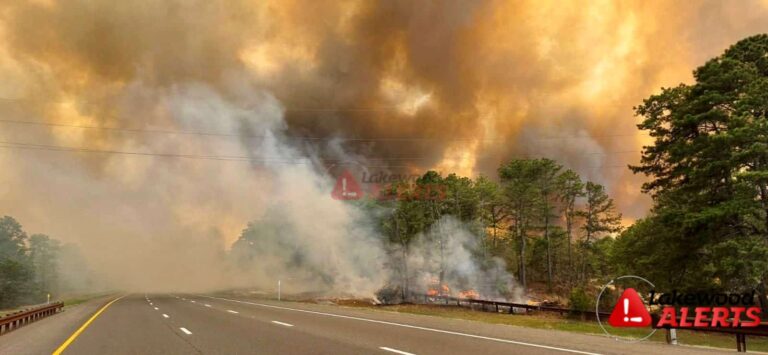

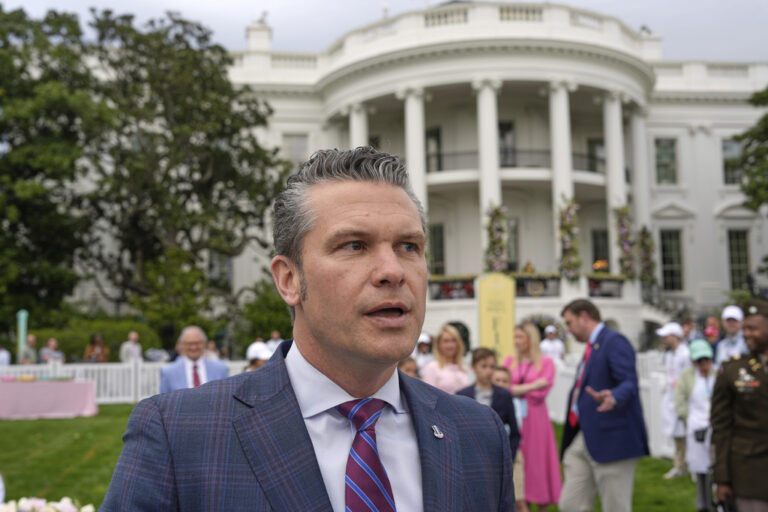

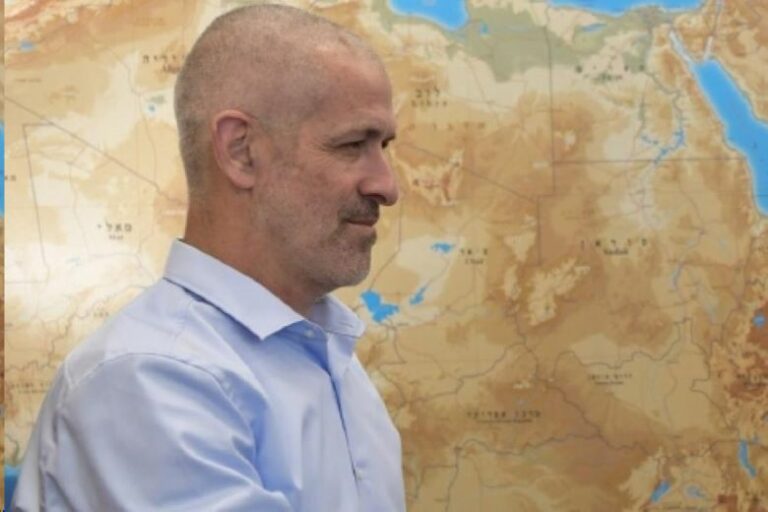

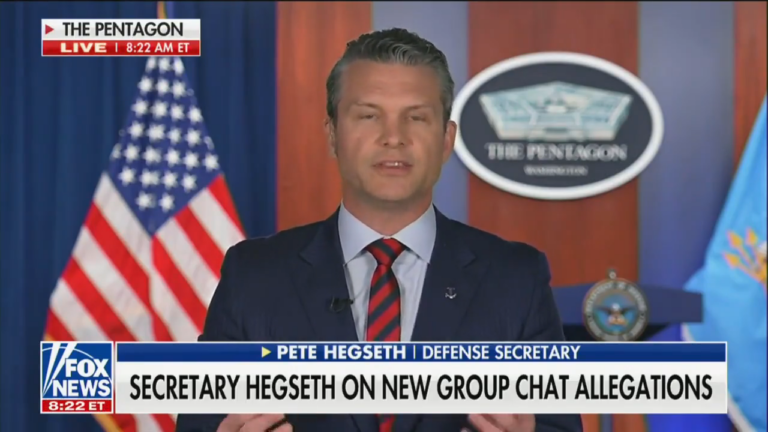
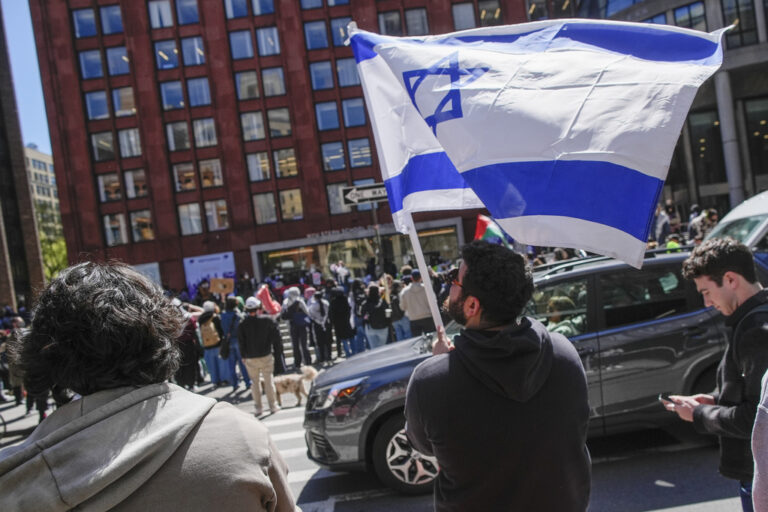
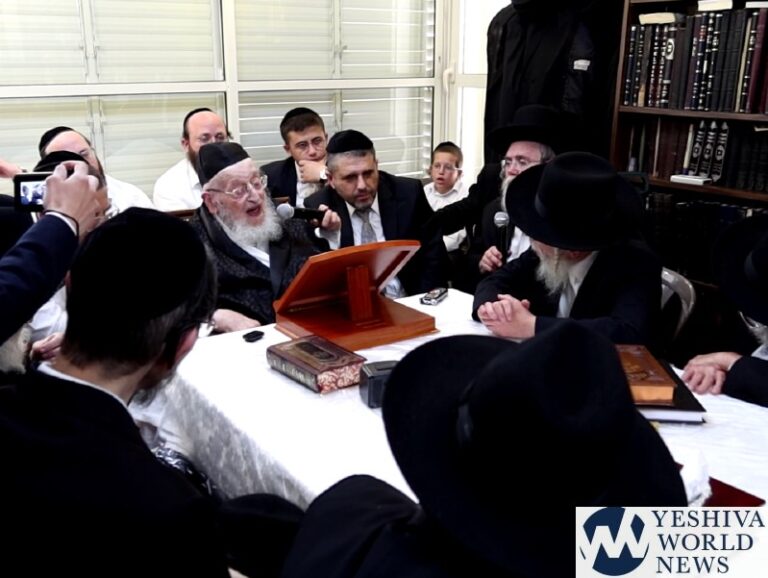
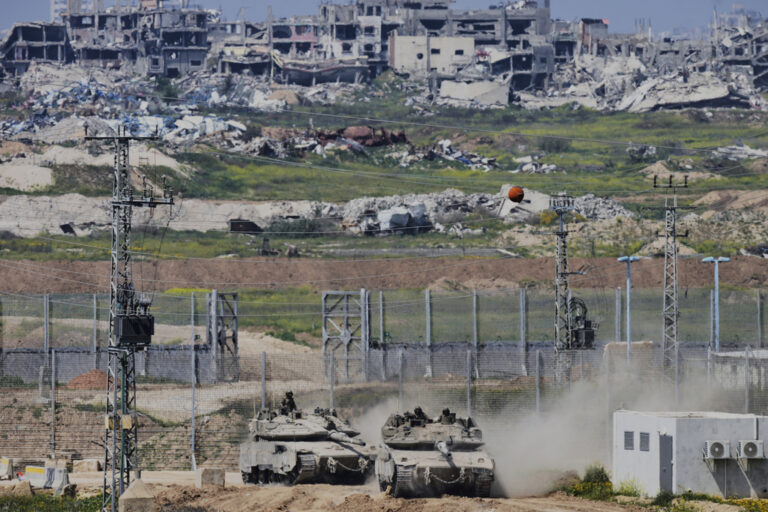
One Response
I had reservations to go to the event but after learning that most of the streets and subways will be shut down until about 4:00 pm I just couldn’t take a chance that I would make it back to my Hotel in Georgetown before the start of Shabbos at 4:45. Next time……